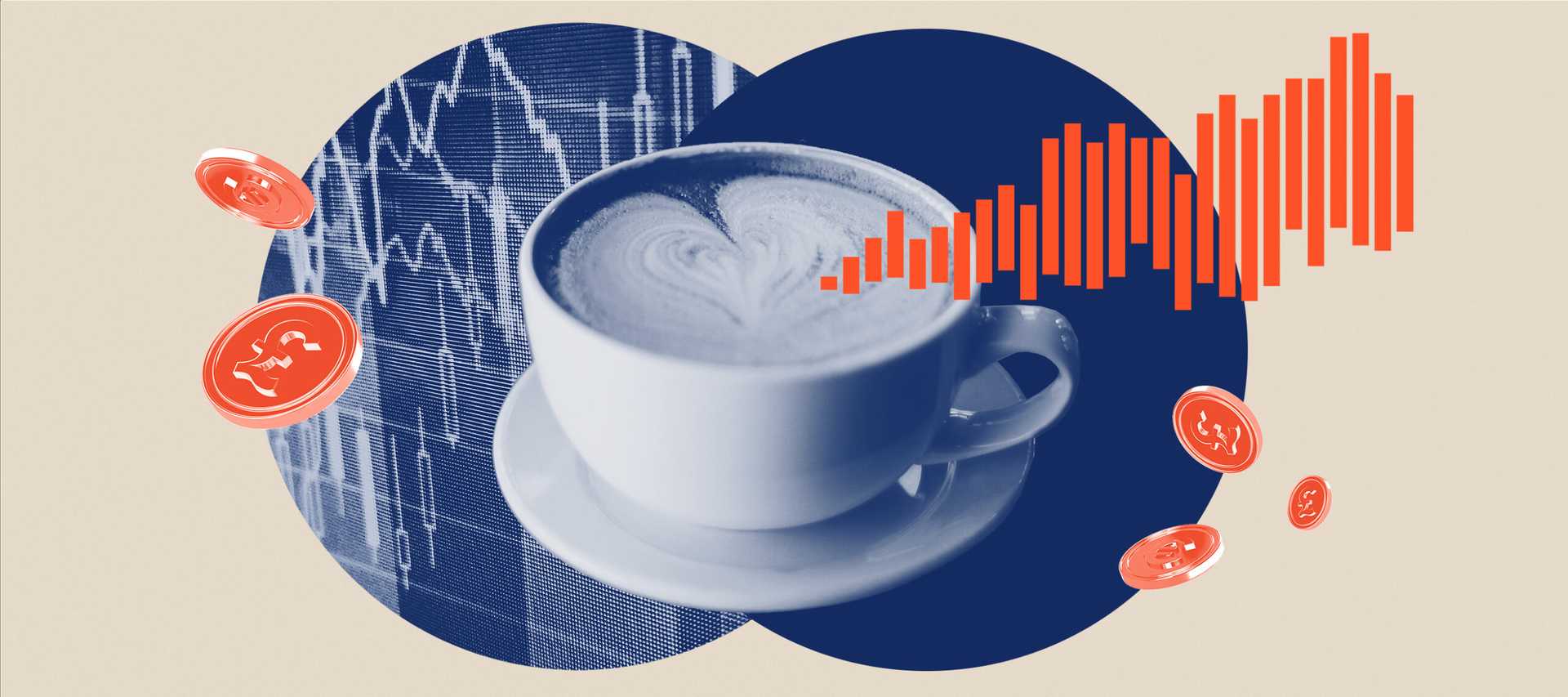For the past two years, markets have seen high levels of volatility. The combination of the COVID pandemic and war in Ukraine has resulted in large moves in prices on various key derivatives that has led to significant increases in margin requirements.
These same moves in the underlying commodities have resulted in high levels of inflation across the world, with many countries seeing rates approaching 10%. In order to try and keep inflation under control, central banks have turned to the main weapon available to them; increasing interest rates.
This combination of increase in margin requirements and increase in interest rates is a perfect storm that is having a significant impact on the cost of funding for trading. We consider some of the numbers.
Increase In Margin Requirements
Margin has increased for most products. A lot has been said about the extra requirements for commodity products, with doubling of margin over the past year not unusual, but the impact has been felt across all markets.
As an example, margin for one month Sonia futures started the year at £715, but now stands at £927.5. That’s a nearly 30% increase in margin in just a few months. Meanwhile, the requirement on the one month Eonia contract has risen by over 100% since the start of the year.
Margins on equities have also been volatile, particularly for products based on companies related to commodities or transport. Many have seen requirements increase by 50% or more, with changes of over 100% not uncommon.
Increase In Interest Rates
Margins are not the only things that are going up. Interest rates have risen for many currencies over the past months.
The UK base rate has moved rapidly from an historic low of 0.1% to 1%, and further changes are expected. The Fedfunds rate has risen from 0.08% to 0.83% since the start of the year, a tenfold increase.
The European Central Bank (ECB) has yet to raise rates, but they are predicted to do so in July, moving from the current negative environment to a predicted positive rate before the end of the year in order to curb inflation.
All these rate rises means that it is getting more expensive to fund margin. Rates on USD and GBP are already 10 times higher than they were at the beginning of the year and they are expected to rise further. The same is also expected to be true for EUR when the ECB finally starts implementing their predicted series of increases.
What Is The Impact On Funding Costs?
The answer to this question is “it depends on how you define the funding cost”. But, however you calculate this, any increase in general rates is likely to impact the costs.
Flat Rate or Spread
If you are using a flat rate or just considering the spread in your funding cost calculation, then the main impact will be any increase in requirements. However, as interest rates rise, then it is likely that the flat rate applied or appropriate spreads will also need to rise. The spread applied to a rate of 0.5% is going to be lower than the spread you would apply if the rate increases to 3% for example.
The impact on funding costs is obviously dependent on the size of any increase in the spread, but any change will directly impact the bottom line.
Based On CCP or Overnight Funding Rate
This increase in funding costs is more directly related to the changes in interest rates. Most CCPs set the rates that they charge on cash collateral as the overnight rate plus a spread. For example, LCH sets their London Deposit Rate (LDR – the rate at which they pay or charge interest on cash collateral for most accounts) as SONIA or Fedfunds plus 31 basis points for GBP and USD respectively.
Here the spread is less significant than the change in the rates themselves. The UK base rate has already increased 10 fold since the start of the year. The predicted change to 2.5%, or even 3%, over the next year will mean a total of a 25 times increase in a very short period of time. These increases in funding rates will place even more emphasis on ensuring that margins are as efficient as possible, making sure that advantage is taken of all optimisation possibilities, including choice of broker or CCP to maximise offsets.




